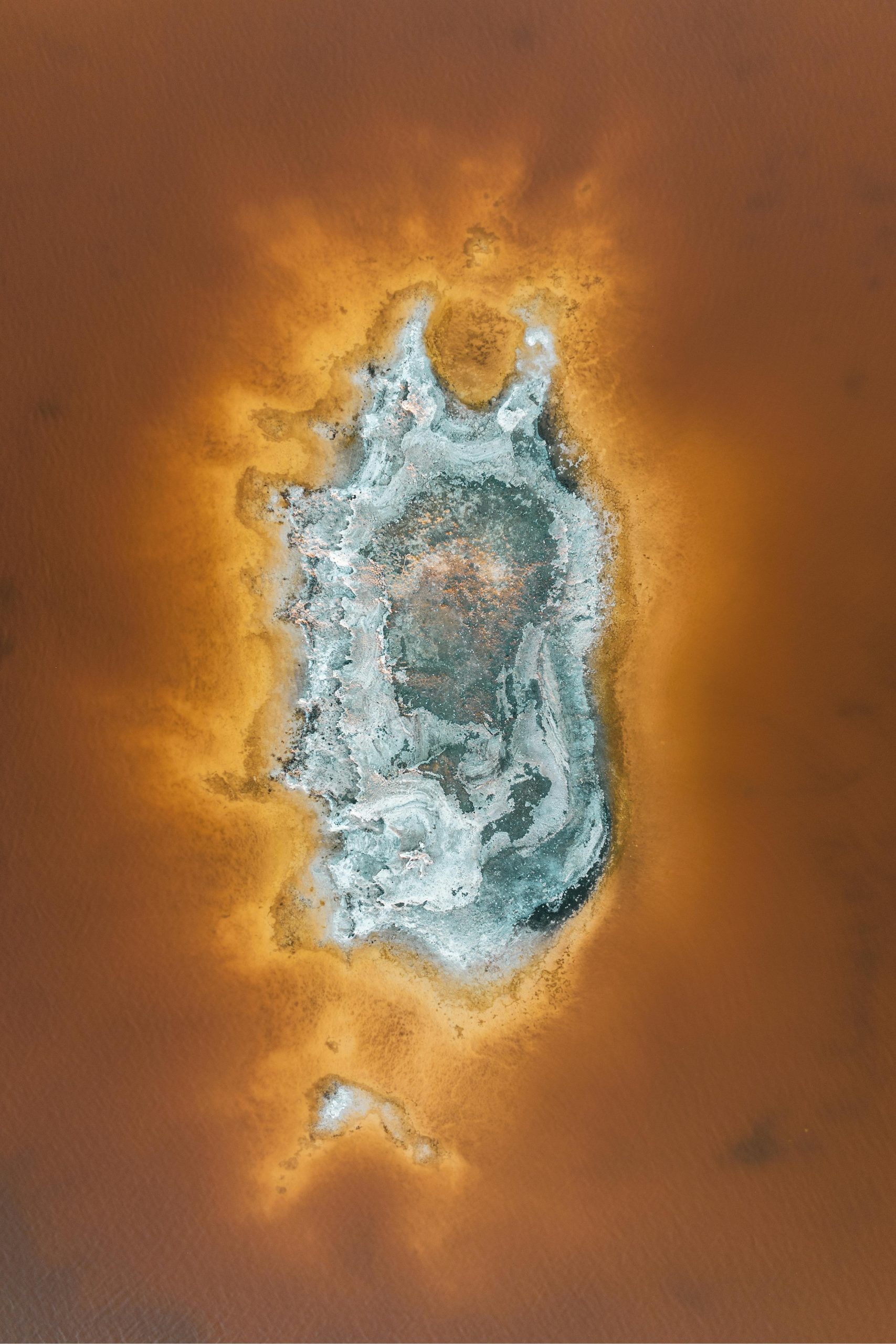Earth is home to an astonishing variety of life, with countless species still waiting to be discovered. Some of the most bizarre and rare creatures thrive in the planet’s most isolated corners—places so remote that they remain largely unexplored. From the depths of the ocean to dense rainforests and frozen tundras, these unusual species challenge our understanding of biology and evolution. Here’s a look at some of the most extraordinary animals and plants found in Earth’s hidden realms.
The Mysterious Deep-Sea Dwellers
The ocean’s abyss is one of the least explored ecosystems on Earth, yet it harbors some of the most alien-like creatures. Among them is the barreleye fish (Macropinna microstoma), a deep-sea fish with a transparent head and tubular eyes that can rotate to look upward. This adaptation helps it spot prey in the dark waters of the mesopelagic zone.
Another fascinating find is the giant isopod (Bathynomus giganteus), a massive crustacean resembling a pill bug but growing up to 14 inches long. These scavengers thrive in the crushing pressures of the deep sea, where food is scarce, and survival depends on patience and resilience.
Perhaps the most eerie is the vampire squid (Vampyroteuthis infernalis), which neither squirts ink nor feeds like a typical squid. Instead, it releases bioluminescent mucus to confuse predators—a survival tactic perfected over millions of years in the deep.
Strange Creatures of Remote Rainforests
Rainforests, particularly those in Madagascar and the Amazon, are biodiversity hotspots where evolution takes unexpected turns. The aye-aye (Daubentonia madagascariensis) is a nocturnal lemur with an elongated middle finger used to tap on trees and extract grubs—a method called percussive foraging. Its eerie appearance has led to local superstitions labeling it as an omen of death.
In the Amazon, the glass frog (Hyalinobatrachium spp.) stands out with its translucent skin, revealing its internal organs. This adaptation helps it blend into the foliage, avoiding predators while basking on leaves above streams.
Another rainforest oddity is the pinocchio frog (Litoria pinocchio), discovered in New Guinea. Males of this species have a long, protruding nose that inflates when calling for mates—a feature unlike any other frog.
Extreme Survivors of Polar and Desert Wastelands
Life persists even in Earth’s harshest environments. The Antarctic scale worm (Eulagisca gigantea) thrives in freezing waters, sporting golden bristles and a retractable mouthpart that extends to catch prey. Its bizarre appearance makes it seem like something from a sci-fi movie.
In the deserts of Namibia, the web-footed gecko (Pachydactylus rangei) has adapted to life in shifting sands with webbed feet for digging and translucent skin to avoid overheating. It survives without standing water, absorbing moisture from fog through its skin.
Meanwhile, the tardigrade, or “water bear,” is a microscopic extremophile found everywhere from Antarctic ice to volcanic vents. These creatures can survive extreme radiation, dehydration, and even the vacuum of space—making them one of Earth’s toughest organisms.
Unusual Plants in Hidden Ecosystems
Not all bizarre species are animals. The corpse flower (Amorphophallus titanum) is a massive, foul-smelling plant that blooms only once every few years, attracting pollinators with its rotting-flesh odor. Found in Sumatra’s rainforests, it’s one of the world’s largest and rarest flowers.
In the deserts of Africa, the welwitschia (Welwitschia mirabilis) is a living fossil with just two leaves that grow continuously over centuries. This ancient plant survives on minimal water, relying on coastal fog for hydration.
Another oddity is the dragon’s blood tree (Dracaena cinnabari) of Socotra, an island off Yemen. Its umbrella-shaped canopy and red sap give it a mythical appearance, while its isolation has preserved its uniqueness for millennia.
Conclusion
Earth’s most isolated places continue to reveal species that defy expectations. From deep-sea fish with see-through heads to desert geckos with webbed feet, these creatures showcase the incredible adaptability of life. As exploration and technology advance, who knows what other bizarre and rare species await discovery? One thing is certain: our planet still holds countless mysteries, reminding us of the endless wonders of the natural world.
